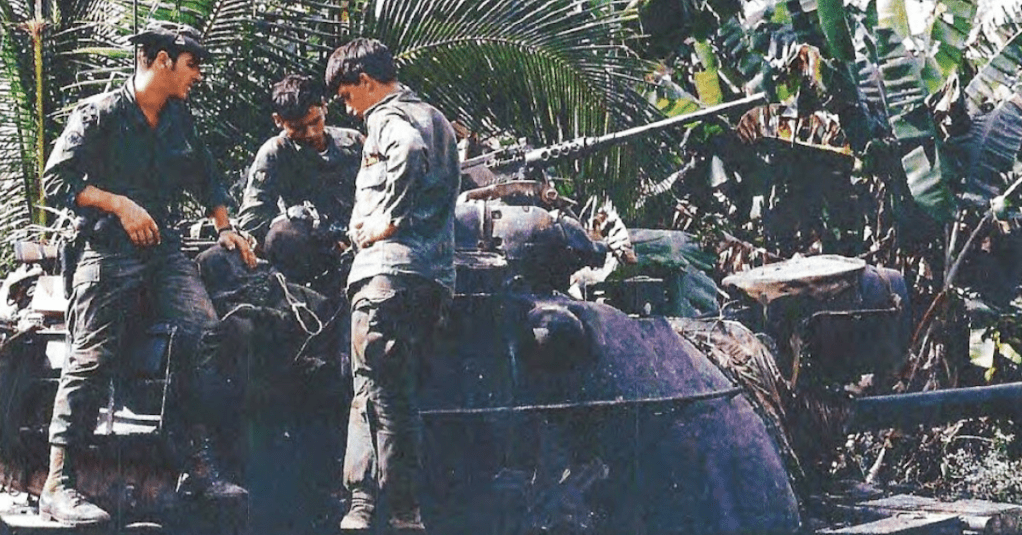On Jan. 30, 1968, communist forces launched their largest offensive of the Vietnam War.
Named for the holiday celebrating the lunar new year, the Tet Offensive was a coordinated series of attacks across more than one hundred locations in South Vietnam. Over eighty thousand communist troops attacked with such aggression and ferocity that the American leaders and TV viewers were stunned.
The Tet Offensive would evolve into a three-phase campaign, lasting from Jan. 30 – March 28, May 5 – June 15, and Aug. 17 – Sept. 23.
“The event really defined the course of the rest of the [Vietnam] war and how it ended, which was a pretty inglorious ending,” said former Secretary of Defense Chuck Hagel, who was with the 47th Infantry Regiment in Vietnam during Tet.

Though they managed to recover and repel the North Vietnamese, American and South Vietnamese forces lost over three thousand men, while the communists lost an estimated forty thousand.
The impact of the Tet Offensive would shake American confidence in the war. The U.S. had completely underestimated the strength of the North Vietnamese Army and Viet Cong guerrilla forces from South Vietnam. It came as a shock to the American public and turned public opinion against the war.Support for American involvement declined rapidly and public opinion turned against President Lyndon B. Johnson, who decided not to run for re-election later that year.
An important takeaway from Tet, Hagel said during a Tet Offensive panel discussion at the National Archives, is that sometimes military action might not be the best tool in all situations to achieve the desired political effect.
Hagel added that “in the end, war is determined not by military might but by the support of the people. We found ourselves on the wrong side of that.”
He concluded: “The sacrifices made by over 56,000 Americans who lost their lives and hundreds of thousands of individuals who were wounded, and all who served, were never really given much recognition for an assignment they didn’t choose. But they served and they served honorably, and did what their country asked them to do. And I think that’s a part of this story that needs to be told more often.”
Featured Image: Then-Spc. 5 Dwight Birdwell, middle, seen on top of a tank during the Vietnam War. Birdwell and other Soldiers with the 25th Infantry Division’s 3rd Squadron, 4th Cavalry Regiment helped defend Tan Son Nhut Air Base in a Tet Offensive attack Jan. 31, 1968.


